Home>Furniture>Living Room Furniture>How To Dispose Of Bean Bag Filling
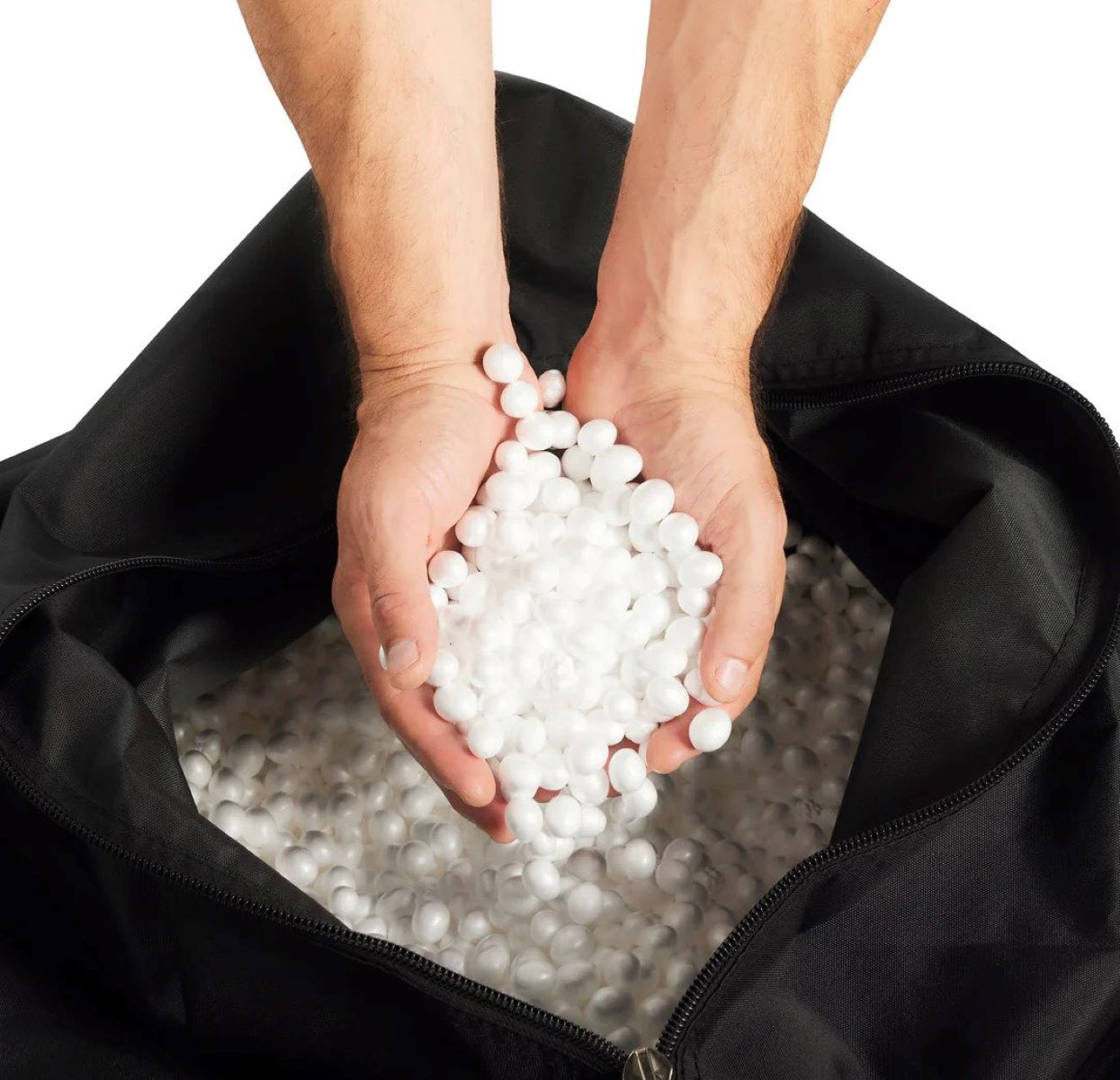

Living Room Furniture
How To Dispose Of Bean Bag Filling
Modified: March 16, 2024
Looking to safely dispose of bean bag filling? Discover the best methods and tips for disposing of bean bag filling in your living room furniture.
(Many of the links in this article redirect to a specific reviewed product. Your purchase of these products through affiliate links helps to generate commission for Storables.com, at no extra cost. Learn more)
Introduction
Welcome to the world of bean bag furniture! Whether you have just purchased a brand-new bean bag chair or you’re thinking about upgrading your current one, it’s essential to know how to properly dispose of bean bag filling. Proper disposal not only helps to protect the environment but also ensures that the filling is handled in a responsible manner.
Bean bag filling refers to the material that is filled inside a bean bag to provide support and comfort. While traditional bean bags were filled with polystyrene beads, the market now offers a wide range of filling options such as shredded foam, memory foam, and even eco-friendly materials.
Understanding the different types of bean bag filling is essential because it directly impacts how you dispose of it. Each type of filling has its own environmental impacts and disposal options, which we will explore throughout this article.
When it comes to the environmental impact of bean bag filling, it’s crucial to consider the composition of the filling material. Traditional polystyrene beads, for example, are made from non-biodegradable plastic, which can take hundreds of years to decompose. This poses a significant challenge when it comes to responsibly disposing of these fillings.
Fortunately, there are several responsible ways to dispose of bean bag filling that minimize its impact on the environment. One option is recycling, where certain materials can be transformed into new products. Another option is reusing the filling, either by repurposing it for other projects or donating it to someone in need. And, as a last resort, there is the option of disposing of the filling in landfills.
In this article, we will guide you through each disposal option, providing information on how to recycle bean bag filling, how to reuse it, and how to appropriately dispose of it in landfills. By the end, you’ll have a clear understanding of the best ways to handle your bean bag filling, ensuring that it is disposed of responsibly while minimizing its impact on the environment.
So, let’s dive in and learn how to properly dispose of bean bag filling!
Key Takeaways:
- Proper disposal of bean bag filling is crucial for the environment. Recycling, reusing, and donating are responsible options to minimize waste and promote sustainability.
- Eco-friendly fillings and responsible disposal methods help reduce environmental impact. Every small action, like recycling and donating, contributes to a greener future.
Read more: What To Fill A Bean Bag With
What is Bean Bag Filling?
Bean bag filling is the material that is used to stuff bean bags and provide comfort and support. Traditionally, bean bags have been filled with polystyrene beads, which are small pellets made of expanded polystyrene, a type of plastic. Polystyrene beads are lightweight, easy to mold, and affordably priced, making them a popular choice for bean bag filling.
In recent years, however, the market has expanded to offer a variety of alternative filling options. Shredded foam has gained popularity as it provides a softer and more moldable feel. Memory foam, known for its ability to conform to the body’s shape, is also used as a filling material for bean bags. Additionally, there are eco-friendly filling options available, such as recycled polyester fibers or natural materials like buckwheat hulls.
Each type of bean bag filling has its own unique characteristics and benefits. Polystyrene beads, for example, are lightweight and retain their shape well, providing good support. Shredded foam, on the other hand, offers a more contouring and moldable feel, making it ideal for those seeking a plush and comfortable bean bag experience. Memory foam provides excellent pressure relief and can adapt to individual body shapes, offering personalized support.
When choosing bean bag filling, it’s important to consider factors such as the level of support desired, the desired feel of the bean bag, and any specific environmental considerations you may have. Eco-conscious individuals may prefer to opt for filling materials made from recycled or natural materials, while others may prioritize affordability and ease of maintenance.
Ultimately, the choice of bean bag filling comes down to personal preference and specific requirements. Manufacturers have recognized the need for diverse options and now offer a range of filling materials to cater to different needs and preferences. Whether you prefer the classic polystyrene beads, the plushness of shredded foam, or the eco-friendly options, there is a bean bag filling available to suit your preferences.
Now that you understand what bean bag filling is and the various options available, let’s delve into the different ways to dispose of bean bag filling responsibly, considering the environmental impact of each option.
Types of Bean Bag Filling
When it comes to bean bag filling, there are several options to choose from, each with its own unique characteristics and benefits. Let’s explore the different types of bean bag filling available:
- Polystyrene Beads: Polystyrene beads have been a popular choice for bean bag filling for many years. These small, round beads are made of expanded polystyrene, a type of plastic. They are lightweight, affordable, and provide good support. However, it’s important to note that polystyrene beads are non-biodegradable and can take hundreds of years to decompose. This makes them a less environmentally-friendly option.
- Shredded Foam: Shredded foam is another common type of bean bag filling. It consists of foam that has been shredded into small pieces. Shredded foam provides a soft and moldable feel, allowing the bean bag to conform to the shape of your body. This type of filling offers a plush and comfortable experience, perfect for those seeking a cozy and supportive bean bag.
- Memory Foam: Memory foam is known for its ability to contour to the body’s shape, providing personalized support and pressure relief. It is made from a viscoelastic material that responds to body heat and molds to the shape of the user. Memory foam bean bag filling offers excellent comfort and is ideal for individuals who prefer a customized and supportive seating experience.
- Eco-Friendly Fillings: For those who prioritize environmental sustainability, there are eco-friendly options available for bean bag filling. These fillings are made from recycled materials or natural substances. Examples include recycled polyester fibers, which are often derived from recycled plastic bottles, and filling made from natural materials like buckwheat hulls. These eco-friendly fillings provide comfort while minimizing the environmental impact.
When choosing the type of bean bag filling, consider factors such as the desired level of support, the desired feel of the bean bag, and any environmental concerns you may have. Polystyrene beads offer good support but have a larger environmental footprint. Shredded foam provides a soft and moldable feel. Memory foam offers personalized support but can be more expensive. Eco-friendly fillings cater to those seeking a sustainable option.
With a wide range of options available, you can select the bean bag filling that best suits your preferences and aligns with your environmental values. Now that we’ve explored the different types of bean bag filling, let’s examine the environmental impact of these fillings and responsible ways to dispose of them.
Environmental Impact of Bean Bag Filling
When it comes to bean bag filling, it’s essential to consider the environmental impact of the materials used. The type of filling you choose can have varying effects on the environment, and understanding these impacts can help you make more informed decisions regarding disposal and sustainability.
One of the most common fillings, polystyrene beads, is made from expanded polystyrene, a type of plastic. Polystyrene is a synthetic material derived from fossil fuels and is not biodegradable. This means that once polystyrene beads are disposed of, they can persist in the environment for hundreds of years. Furthermore, the production of polystyrene is energy-intensive and contributes to greenhouse gas emissions.
While shredded foam and memory foam provide comfort and support, their environmental impact can vary depending on the manufacturing processes and materials used. Foam is typically made from petrochemicals, which have an environmental impact in terms of resource consumption and greenhouse gas emissions. However, some foam manufacturers now offer more eco-friendly options that use recycled foam or natural alternatives.
For individuals concerned about the environmental impact of bean bag filling, there are eco-friendly options available. These fillings are made from recycled materials or natural substances. Recycled polyester fibers, for example, are often derived from recycled plastic bottles. Natural fillings such as buckwheat hulls are renewable resources and have a smaller environmental footprint compared to synthetic materials.
It’s important to note that while eco-friendly fillings are more sustainable than traditional options, they still require energy and resources for production. Additionally, the impact of filling materials can be further reduced through responsible disposal and recycling.
When disposing of bean bag filling, it’s essential to choose methods that minimize environmental harm. Considering the potential negative impact of certain fillings, it’s crucial to explore responsible alternatives. Recycling, reusing, and donation are all methods that can reduce waste and contribute to a more sustainable approach to disposal.
By understanding and considering the environmental impact of different bean bag fillings, you can make more conscious choices when it comes to purchasing, using, and disposing of these materials. In the next sections, we’ll explore the responsible ways to dispose of bean bag filling, from recycling options to reusing and donating.
Responsible Ways to Dispose of Bean Bag Filling
When it’s time to dispose of your bean bag filling, it’s important to choose a responsible method that minimizes the environmental impact. Here are some options to consider:
- Recycling: Recycling is a great way to give bean bag filling a new life. However, not all types of filling can be easily recycled. Polystyrene beads, for example, are difficult to recycle due to their lightweight and small size. However, some recycling centers may accept them if they are consolidated in large quantities. Shredded foam and memory foam can also be challenging to recycle due to their mixed materials. It’s best to check with local recycling facilities for specific guidelines on recycling foam-based filling materials. Additionally, eco-friendly fillings made from recycled materials may have recycling options available.
- Reusing: Reusing your bean bag filling is another responsible option. If your bean bag is still in good condition but you no longer want to use it, you can repurpose the filling for other projects. For example, you can use the filling to stuff cushions, pillows, or even make a pet bed. This not only prevents waste but also extends the lifespan of the filling material.
- Donating: If your bean bag filling is still in good condition and you no longer have use for it, consider donating it. Organizations such as schools, community centers, or charities may accept bean bag fillings for various purposes. Be sure to check with local organizations to see if they have a need for bean bag filling before donating.
By choosing one of these responsible disposal methods, you can avoid contributing to landfill waste and help prolong the life cycle of bean bag filling materials. However, it’s worth noting that not all recycling centers or organizations may accept bean bag fillings, especially those made of polystyrene beads. In such cases, you may need to consider alternative options.
Next, let’s explore recycling options in more detail for different types of bean bag fillings, as well as considerations for reusing and donating bean bag filling materials.
To dispose of bean bag filling, check with your local waste management facility for guidelines. Some may accept it as regular trash, while others may have specific instructions for proper disposal. Avoid dumping it in the environment.
Read more: How To Remove Static From Bean Bag Filling
Recycling Options for Bean Bag Filling
Recycling bean bag filling can be challenging due to the various materials used and the lack of specific recycling programs. However, there are some options to consider depending on the type of filling material:
- Polystyrene Beads: Polystyrene beads are among the most challenging types of bean bag filling to recycle due to their small size and lightweight nature. However, some recycling centers may accept polystyrene if it is consolidated into large quantities. Check with local recycling facilities to see if they have specific guidelines or requirements for accepting polystyrene beads. You can also inquire if there are any specialized recycling centers that handle polystyrene materials in your area.
- Foam-Based Fillings: Foam-based fillings such as shredded foam and memory foam can be more challenging to recycle due to their mixed materials. Some recycling facilities may accept foam for recycling, especially if it is clean and free from contaminants. Check with local recycling centers to see if they have foam recycling programs in place. Additionally, some specialized foam recycling facilities may be able to process these materials.
- Eco-Friendly Fillings: Eco-friendly fillings, such as those made from recycled polyester fibers or natural materials like buckwheat hulls, may have more recycling options available. Check with recycling centers that accept textiles or natural materials to see if they can handle these types of fillings. Alternatively, explore composting options for natural fillings, as they can break down and enrich the soil.
It’s essential to note that recycling options may vary depending on your location and the facilities available. It’s best to check with local recycling centers or waste management authorities to understand the specific guidelines and recycling possibilities for bean bag fillings in your area.
If recycling options are limited or unavailable, it’s important to explore alternatives for responsible disposal, such as reusing or donating the bean bag filling.
In the next sections, we’ll delve into reusing bean bag filling and the possibility of donating it to help reduce waste and extend the life cycle of these materials.
Reusing Bean Bag Filling
Reusing bean bag filling is a fantastic way to give it a new purpose and prevent unnecessary waste. Here are some ideas for reusing bean bag filling:
- Stuffing: If you have a bean bag that is no longer in use, you can repurpose the filling to stuff other items. For example, you can use it to refill cushions, pillows, or even create a DIY pet bed. Simply open up the item you want to fill and add the bean bag filling to achieve the desired level of comfort and support.
- Craft projects: Get creative with your bean bag filling and use it for various craft projects. You can incorporate the filling into stuffed toys, bean bag ottomans, or even use it to create DIY stress balls. Let your imagination run wild and explore different craft ideas that can make use of the filling while adding a personal touch to your creations.
- Indoor or outdoor seating: If you have a larger quantity of bean bag filling, consider making your own seating arrangements. You can create custom floor seating by sewing fabric covers and filling them with the bean bag filling. These cozy seating options can be used both indoors and outdoors and can provide a comfortable and casual seating experience.
- Insulation: Certain types of bean bag fillings, such as shredded foam or recycled polyester fibers, can be used as insulation material. If you are in the process of renovating or constructing a home, consider using the bean bag filling as insulation for walls, attics, or other areas where insulation is needed. Ensure proper installation guidelines are followed for optimal performance.
By reusing bean bag filling, you not only reduce waste but also extend the life cycle of these materials. Get creative and think outside the box to find other ways to repurpose bean bag filling based on your specific needs and interests.
However, it’s important to consider the condition and cleanliness of the bean bag filling before reusing it. Ensure that the filling is free from contaminants, stains, or odors that may affect its use in other projects. If the filling has deteriorated or is no longer usable, consider exploring other options such as donating or responsible disposal.
In the next section, we’ll discuss the possibility of donating bean bag filling to help others in need and reduce waste.
Donating Bean Bag Filling
Donating bean bag filling is a wonderful way to reduce waste and help others who may be in need of comfortable seating. Here are some options to consider when donating bean bag filling:
- Schools and Community Centers: Local schools, community centers, or after-school programs often have areas where children can relax or engage in activities. Donating bean bag filling to these institutions can provide comfortable seating options for children and enhance their overall experience. Reach out to these organizations to see if they accept donations of bean bag filling.
- Charities and Non-Profit Organizations: Charitable organizations that provide support for individuals or families in need may appreciate donations of bean bag filling. Organizations that focus on housing, shelters, or social support services may be interested in receiving bean bag filling for their facilities. Contact local charities or non-profit organizations to inquire about their specific needs and donation policies.
- Community Events or Fundraisers: Consider donating bean bag filling to community events or fundraisers where they can be used as prizes, auction items, or raffle giveaways. This not only helps support the event but also promotes the reuse of materials and encourages others to consider sustainable options for seating and comfort.
- Online Platforms and Social Media: Utilize online platforms, such as community forums or social media groups, to connect with individuals who may be interested in receiving bean bag filling. There may be individuals or families who could benefit from the additional seating options and would appreciate your donation. Ensure that the condition of the filling is clearly stated, and arrange for safe and convenient pickup or delivery.
Prior to donating the bean bag filling, ensure that it is still in good condition and free from any contaminants or damage that may affect its usability. Clean the filling if necessary, following any guidelines provided by the manufacturer.
Donating bean bag filling not only reduces waste by extending the life cycle of the materials but also contributes to creating a more supportive and comfortable environment for those in need. By giving back to the community, you help make a positive impact and promote sustainability.
In the next section, we’ll discuss the option of disposing of bean bag filling in landfills as a last resort when recycling, reusing, or donating is not possible.
Disposing of Bean Bag Filling in Landfills
Disposing of bean bag filling in landfills should be considered as a last resort when recycling, reusing, or donating options are not feasible. While landfills are not the most environmentally-friendly solution, if there are no other options available, it’s important to follow proper disposal guidelines:
- Containerize: To prevent loose bean bag filling from dispersing in the landfill, it’s crucial to contain it properly. Place the filling in a sturdy bag or container that can withstand transport and disposal in the landfill. Ensure the bag or container is securely sealed to prevent spillage.
- Separate Materials: If your bean bag filling consists of a combination of materials, such as fabric and foam, consider separating them before disposal. This allows for better recycling or handling of the individual materials, if possible.
- Local Regulations: Check with your local waste management authorities to understand any specific regulations or guidelines for disposing of bean bag filling in landfills. They may have specific instructions on how to prepare the filling for disposal or any restrictions on certain types of materials.
- Reduce Waste: Whenever possible, try to minimize the amount of waste that is sent to the landfill by recycling or reusing other components of the bean bag. For example, if the bean bag has a removable cover, consider recycling or repurposing it separately from the filling.
It’s important to note that disposing of bean bag filling in landfills should always be the last option. Landfills contribute to environmental pollution and take up valuable land resources. Prioritize recycling, reusing, or donating the filling to minimize waste and the negative impact on the environment.
When disposing of the filling in landfills, always consider the environmental impact and explore ways to minimize waste in the future. Take the opportunity to research eco-friendly and sustainable alternatives for seating options and materials.
In the final section, let’s summarize the key points and discuss the importance of responsible disposal and sustainable choices when it comes to bean bag filling.
Read more: What Is Bean Bag
Conclusion
Proper disposal of bean bag filling is essential for reducing environmental impact and promoting sustainability. By understanding the different types of bean bag filling and their respective environmental implications, we can make more informed decisions when it comes to disposal.
Polystyrene beads, although commonly used, pose challenges due to their non-biodegradable nature. Shredded foam and memory foam offer comfort but may require specialized recycling facilities. On the other hand, eco-friendly fillings made from recycled materials or natural substances are more sustainable alternatives.
Responsible disposal options include recycling, reusing, donating, and, as a last resort, disposing of the filling in landfills. Recycling can be challenging for certain types of fillings, but it’s worth exploring local recycling centers or programs that accept bean bag materials. Reusing the filling for other projects or donating it to schools, community centers, or charities can extend its lifespan and benefit others in need.
When disposing of bean bag filling in landfills, it’s important to containerize the material properly and follow local regulations. However, this option should always be considered a last resort. We should strive to minimize waste and seek sustainable alternatives whenever possible.
Ultimately, responsible disposal of bean bag filling is about making conscious choices that reduce environmental impact while promoting reuse and recycling. By considering the environmental implications of our decisions, we can contribute to a greener and more sustainable future.
Remember, when it comes to bean bag filling disposal, every small action counts. Make a difference by choosing eco-friendly options, exploring recycling possibilities, repurposing the filling, and donating to those in need. Together, we can make a positive impact on our environment and create a more sustainable world.
Frequently Asked Questions about How To Dispose Of Bean Bag Filling
Was this page helpful?
At Storables.com, we guarantee accurate and reliable information. Our content, validated by Expert Board Contributors, is crafted following stringent Editorial Policies. We're committed to providing you with well-researched, expert-backed insights for all your informational needs.








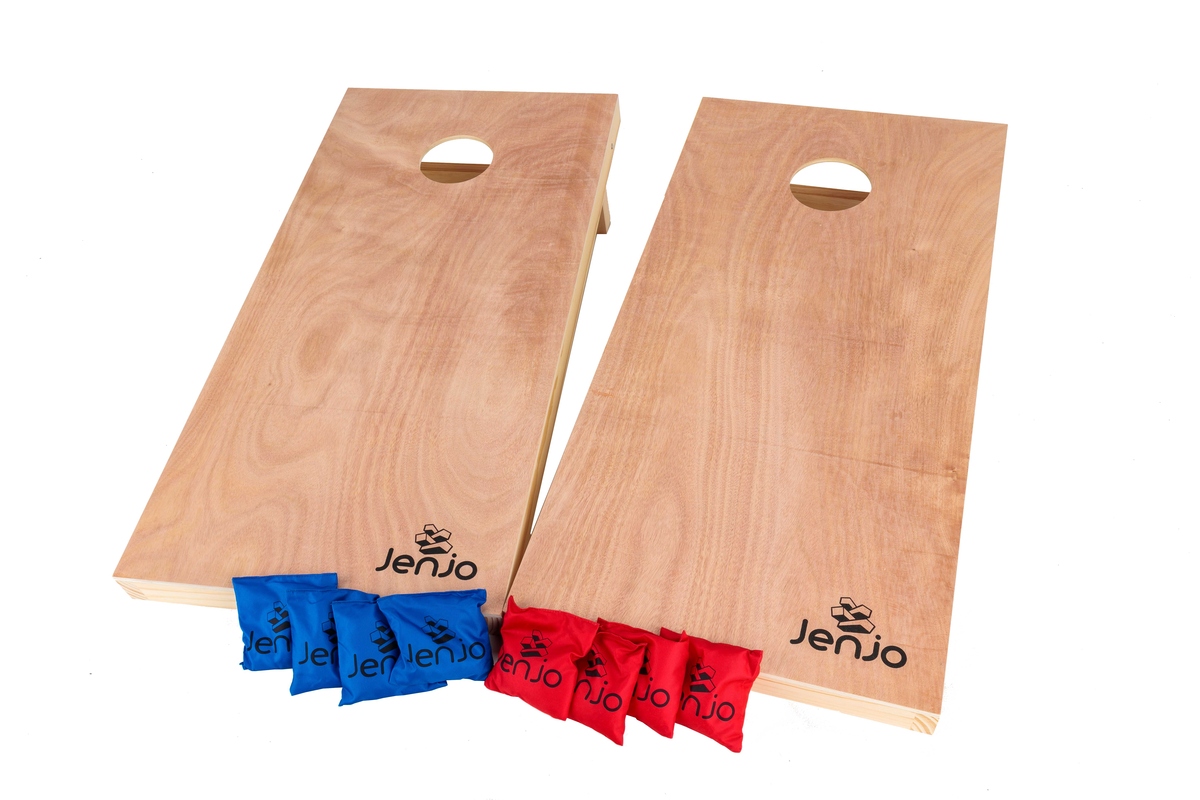
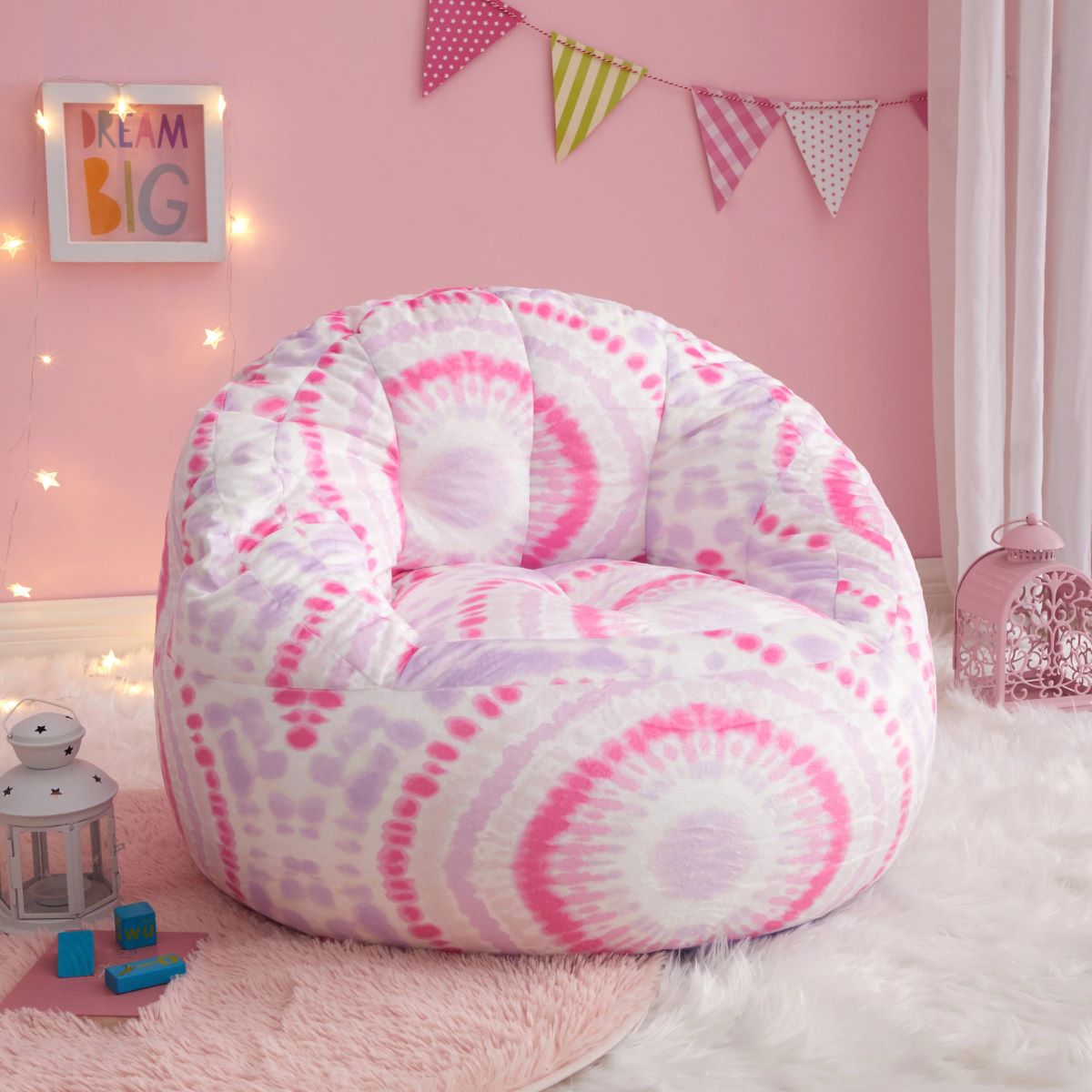
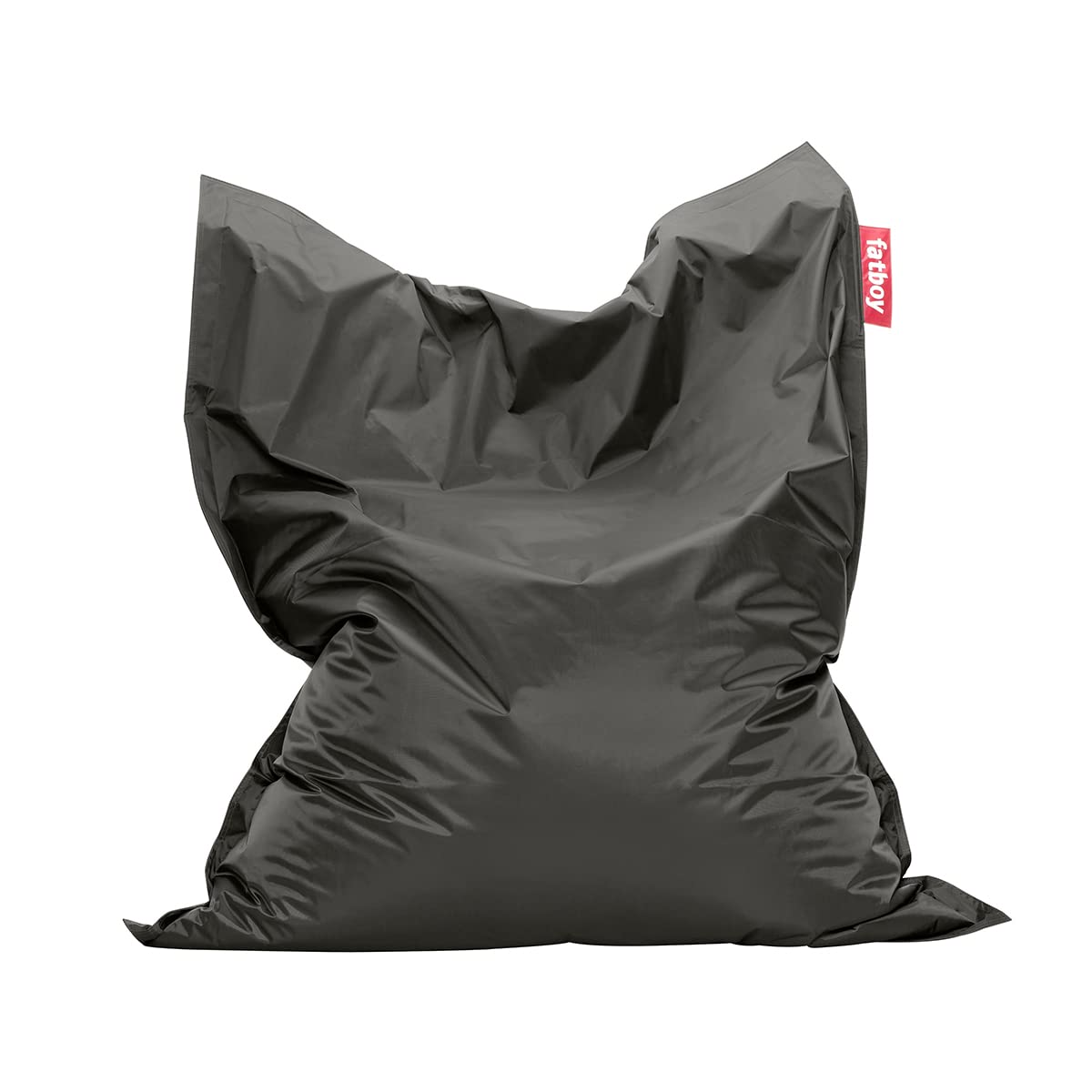

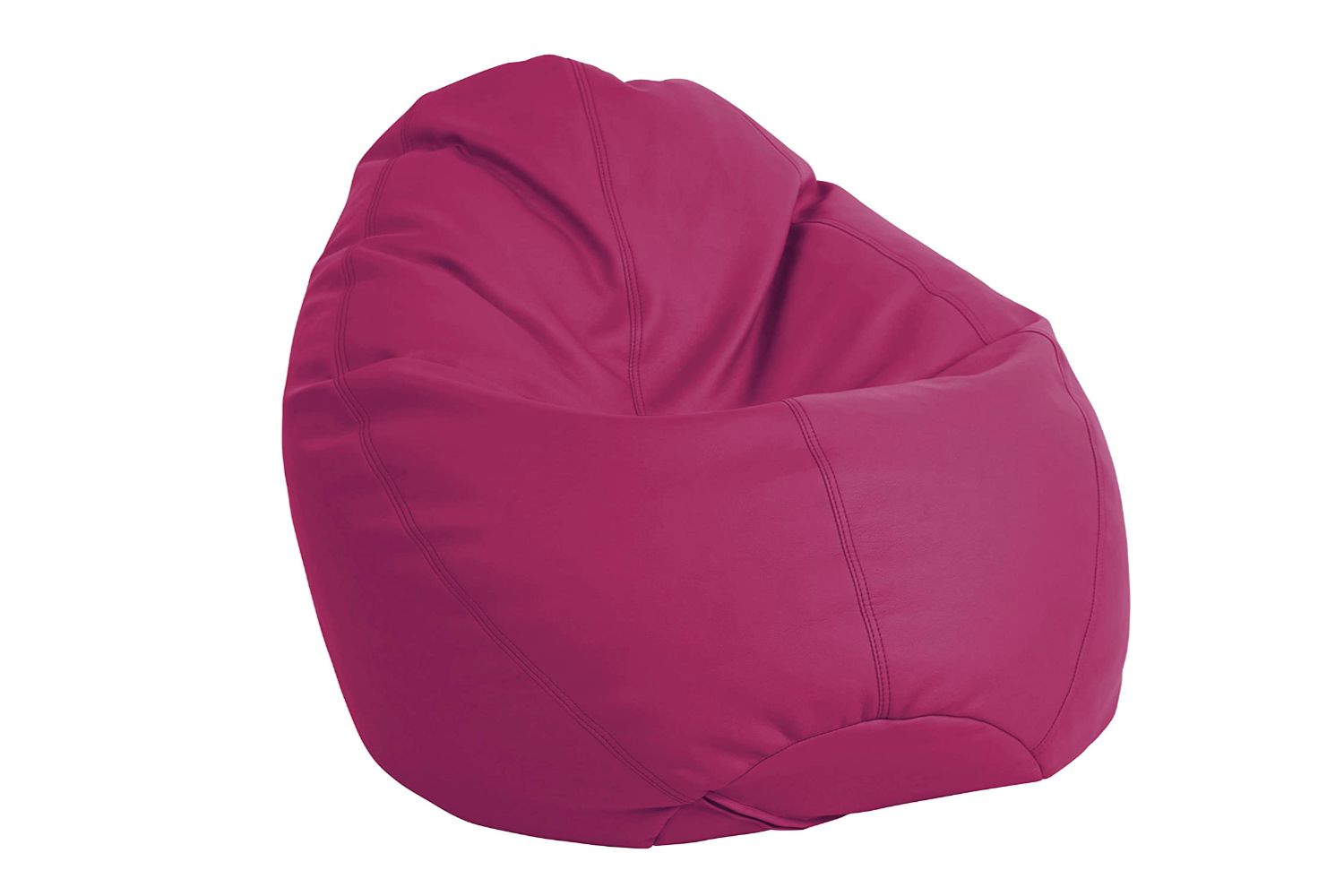

0 thoughts on “How To Dispose Of Bean Bag Filling”